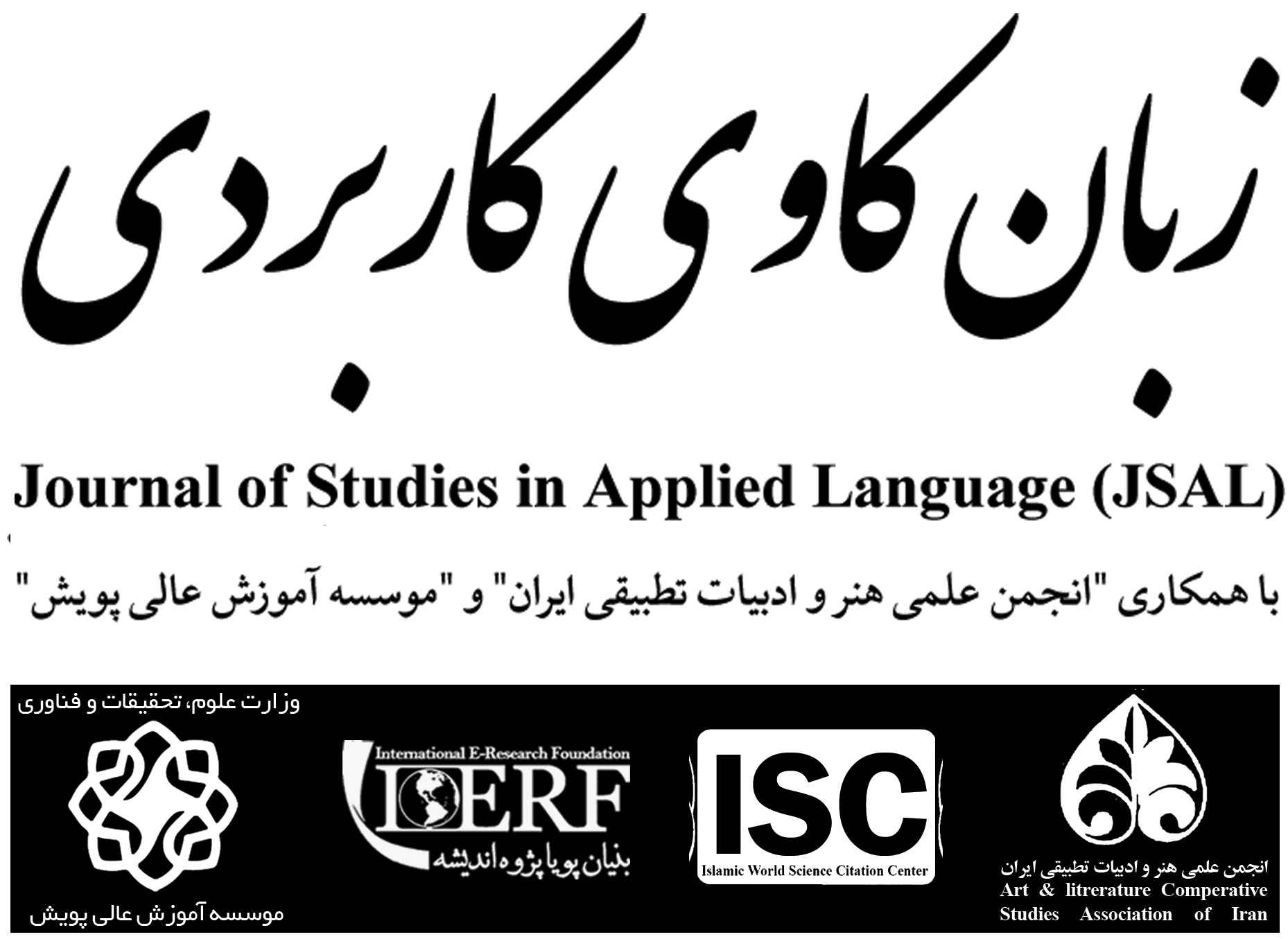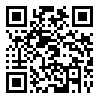<>
Volume 6, Issue 4 (11-2023)
JSAL 2023, 6(4): 79-94 |
Back to browse issues page
Download citation:
BibTeX | RIS | EndNote | Medlars | ProCite | Reference Manager | RefWorks
Send citation to:



BibTeX | RIS | EndNote | Medlars | ProCite | Reference Manager | RefWorks
Send citation to:
Kake Rash F, Rookesh N. (2023). A Comparative Sociocultural Analysis of the Folkloric Tale of Sheikh San'Aan in Kurdish and Persian Narratives from a Cultural Anthropological Perspective [In Persian]. JSAL. 6(4), 79-94. doi:10.61186/jsal.6.4.79
URL: http://jsal.ierf.ir/article-1-107-en.html
URL: http://jsal.ierf.ir/article-1-107-en.html
1- Assistant Professor, Department of Persian Language and Literature, Faculty of Humanities Literature, Mahabad Branch, Islamic Azad University, Mahabad, Iran , farhad_kakarash@yahoo.com
2- Ph.D. student, Department of Persian Language and Literature, Faculty of Humanities Literature, Mahabad Branch, Islamic Azad University, Mahabad, Iran
2- Ph.D. student, Department of Persian Language and Literature, Faculty of Humanities Literature, Mahabad Branch, Islamic Azad University, Mahabad, Iran
Abstract: (3390 Views)
In conjunction with other research methods, cultural anthropology is employed to investigate social and cultural transformations. It involves examining the ideological aspects of texts and speeches and the vocabulary and elements that imbue them with meaning. The selection and usage of specific words and phrases in proverbs reflect people's perspectives, attitudes, and thoughts toward various events, phenomena, situations, and social issues. In orally transmitted stories, the geographical and environmental culture of the narrator and the primary storyteller, whether known or anonymous, play a pivotal role in shaping the narrative's structure. This article compares two versions of the Sheikh San'Aan story (the Kurdish narrative by Mam Ahmad Lotfi Mahabadi and the Persian narrative by Attar) from a cultural anthropological standpoint to explore the cultural similarities and differences between the two works. The analysis reveals that both narratives feature Sheikh San'Aan and his daughter as the main characters, with disciples playing subordinate roles. Customs and traditions are mentioned in both works; however, a distinction lies in the presence of a character named Hazrat Ghaws, rooted in mystical and regional beliefs concerning spiritual leaders. The role of the father figure is also significant, reflecting the influence of fathers on the institution of the family and patriarchy, particularly evident in the Kurdish narrative where the Christian daughter introduces herself and Sheikh to her father. Both narratives contain customs related to Christianity, which Sheikh San'Aan must adhere to for conversion. Nevertheless, there are variations in customs and traditions between the Kurdish and Persian narratives, such as the Khanqah ceremony and wedding rituals. Clothing is another cultural element featured in both works, described as Kurdish attire in the Kurdish narrative and Sufi clothing in the Persian narrative due to its literary nature.
Keywords: Sociolinguistics, Cultural Anthropology, Narrative Studies, Kurdish Sheikh San'Aan, Persian Sheikh San'Aan, Attar, Mam Ahmad Lotfi
Type of Study: Research |
Subject:
Sociolinguistics
Received: 2022/03/31 | Accepted: 2023/01/8 | Published: 2023/11/1
Received: 2022/03/31 | Accepted: 2023/01/8 | Published: 2023/11/1
References
1. Attar, F., (2013), Manteg Al-Tayir, the description of Mohammad Reza Shafi'i Kodkani, 1th edition, Tehran: Sokhon Publications.
2. Faizizadeh, T., (1986), About the mystical story of Sheikh Sanan, Tabriz: Offset Tabash Publications.
3. Fani, S., Kamran, M., (2013), Danesh-Gostar Encyclopedia, 2th edition, Tehran: Danesh-Gostar Publications.
4. Fattahi Ghazi, Q., (1967), Sheikh Sanan's Kurdish poetry, Tabriz: Publications of Tabriz Faculty of Literature.
5. Garbarino, M., (1998), Theories of anthropology, translated by Abbas Mohammadi Asl, Tehran: Avai Noor Publications.
6. Moin, M., (2003), Farhang Farsi, Tehran: Behzad Publications.
7. Nadavi, A., (2012), Know the personality and thoughts of Imam Abdul Qadir Gilani, translated by Abdul Aziz Salimi, 2th edition, Tehran: Ehsan Publications.
8. Sharafkandi, A., (1997), Ha-Nbaneh-Burina, Farhang Kurdish-Persian, 2th edition, Tehran: Soroush Publications.
9. Tawakli, M., (2015), History of Sufism in Kurdistan, 3th edition, Tehran: Tawakli Publications.
Send email to the article author
| Rights and permissions | |
 |
This work is licensed under a Creative Commons Attribution-NonCommercial 4.0 International License. |








